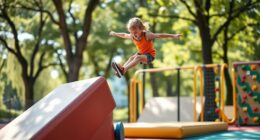As an educator, I understand the importance of adjusting our teaching methods to meet each student’s unique needs. By aligning our instructional approaches with the stages of our students’ development, we can create activities and materials tailored to their abilities.
This involves incorporating interactive and experiential learning opportunities to enhance engagement and promote deeper understanding. Building positive teacher-student relationships through understanding child development is crucial, as it involves actively listening and creating a supportive learning environment.
By using individualized approaches and addressing individual learning needs, we ensure that all students have equal opportunities to thrive.
Key Takeaways
- Teachers can align their teaching strategies with the developmental stage of their students.
- Developmentally appropriate activities and materials should be created to cater to students’ cognitive, social, emotional, and physical abilities.
- Interactive and experiential learning opportunities enhance student engagement and promote deeper understanding and retention of content.
- Setting realistic expectations based on individual developmental differences creates a supportive learning environment that fosters growth and success for all students.
Understanding Child Development and Its Role in Tailoring Teaching Strategies
Understanding child development allows me to tailor my teaching strategies to meet the unique needs of my students. By understanding students’ cognitive abilities, I can design activities that are appropriate for their level of thinking. This ensures that they are challenged enough to learn and grow, but not overwhelmed.
Additionally, addressing students’ social and emotional development is crucial for creating a supportive learning environment. By recognizing their emotional needs and providing opportunities for social interaction, I can help them develop important skills such as empathy, communication, and teamwork. This not only enhances their overall well-being but also improves their ability to engage with the content and connect with their peers.
Understanding child development is essential in tailoring teaching strategies to optimize student learning and foster their holistic development.

Creating Developmentally Appropriate Activities and Materials
Designing activities and materials that align with students’ developmental stages ensures that they are engaged and able to learn effectively. By creating hands-on activities and incorporating multisensory materials, teachers can enhance student engagement and promote deeper understanding and retention of content.
Hands-on activities provide students with opportunities to actively participate in the learning process, encouraging them to explore, experiment, and problem-solve. Multisensory materials, such as visuals, manipulatives, and real-life examples, cater to different learning styles and enhance students’ comprehension and retention of information.
Enhancing Student Engagement Through Interactive and Experiential Learning
Implementing interactive and experiential learning techniques boosts student engagement and deepens their understanding of the material. By incorporating interactive simulations and experiential field trips, students actively participate in hands-on activities that bring the content to life.
These experiences allow students to apply their knowledge in real-world contexts, fostering a deeper understanding of the subject matter. Interactive simulations provide opportunities for students to explore and experiment, encouraging critical thinking and problem-solving skills.
Experiential field trips offer firsthand experiences that connect classroom learning to the outside world, making the content more relevant and meaningful. Research has shown that these types of interactive and experiential learning opportunities enhance student motivation, improve retention of information, and promote a deeper level of understanding.
Setting Realistic Expectations Based on Individual Developmental Differences
Setting realistic expectations based on the individual developmental differences of my students allows me to create a supportive learning environment that promotes growth and success. By understanding the unique needs of each student, I can tailor my teaching strategies to meet their specific developmental stage. This approach fosters a sense of belonging and encourages students to reach their full potential.
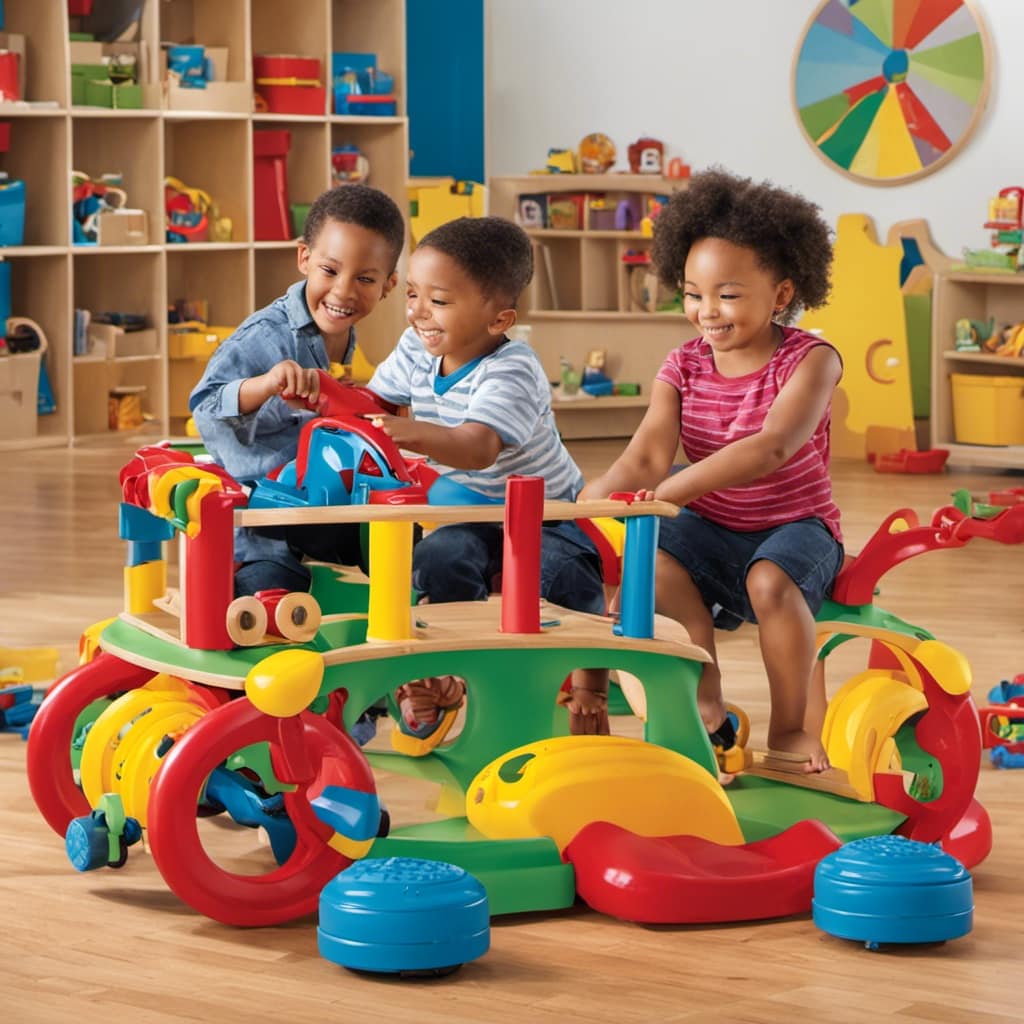
In order to create a safe and supportive learning environment, I focus on the following:
- Recognizing and valuing each student’s strengths and abilities
- Providing appropriate support and guidance to help students overcome challenges
- Encouraging a growth mindset and celebrating progress and achievements
Adapting Teaching Strategies to Address Individual Learning Needs
Adapting my approach to address individual learning needs allows me to provide targeted support and foster student growth and success. By utilizing differentiated instruction techniques and personalized learning approaches, I am able to tailor my teaching strategies to meet the unique needs and abilities of each student.
This research-driven approach ensures that every student receives the appropriate support and challenge necessary for their academic development. By incorporating various instructional methods, such as hands-on activities, group discussions, and problem-solving tasks, I promote active engagement and enhance student motivation and understanding.
Furthermore, understanding child development helps me create developmentally appropriate lesson plans that cater to students’ age and stage of development. By recognizing and accommodating their diverse learning styles and abilities, I am able to create a supportive and inclusive learning environment that fosters academic success for all students.
Promoting Positive Teacher-Student Relationships
Building trust and respect with my students involves actively listening to their perspectives and acknowledging their emotions, which fosters positive teacher-student relationships. By understanding child development, I can promote empathy and understanding, building resilience in my students.
To enhance engagement and create a safe space for learning, I incorporate trust-building activities, such as:
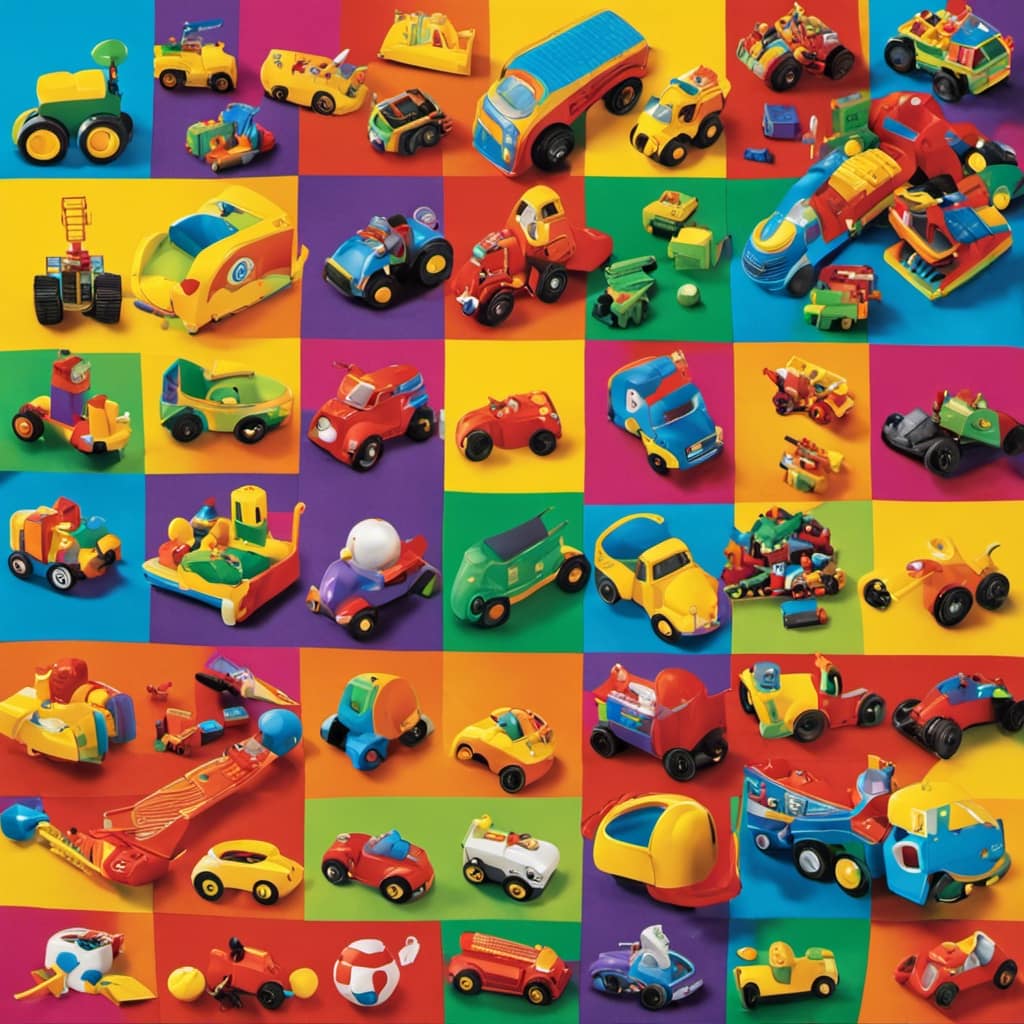
- Icebreaker games to encourage students to share their thoughts and experiences.
- Class discussions where students can express their opinions and listen to their peers.
- Collaborative projects that promote teamwork and build a sense of community.
These activities not only strengthen the bond between students and myself but also foster a supportive and inclusive learning environment. By actively listening and acknowledging their feelings and experiences, I can build trust, promote empathy, and help my students develop the resilience they need to navigate challenges and succeed academically and socially.
Actively Listening and Acknowledging Student Perspectives
In my experience as an educator, I have found that actively listening to my students and acknowledging their perspectives is essential for promoting positive teacher-student relationships.
Active listening techniques, such as maintaining eye contact, paraphrasing, and asking clarifying questions, demonstrate to students that their voices are valued and heard. This not only fosters empathy but also helps build resilience in students, as they feel understood and supported.
To further enhance these relationships, I have incorporated empathy building exercises into my teaching practices. These exercises encourage students to put themselves in others’ shoes, understand different perspectives, and develop compassion.
Building Trust and Respect for Student Engagement
When actively listening to my students and acknowledging their perspectives, I foster empathy, build resilience, and promote positive teacher-student relationships. This not only creates a supportive and inclusive learning environment but also enhances student engagement and ownership of learning.
Here are three ways in which building trust and respect for student engagement can be achieved:

-
Building empathy and resilience:
-
Actively listening to students’ experiences and feelings helps foster empathy and understanding.
-
Acknowledging their perspectives and challenges helps build resilience and promotes a growth mindset.
-
Creating a safe and supportive space for students to express themselves enhances their overall well-being.
-
Fostering collaboration and ownership of learning:
-
Building trust and respect encourages open communication and collaboration between students and teachers.
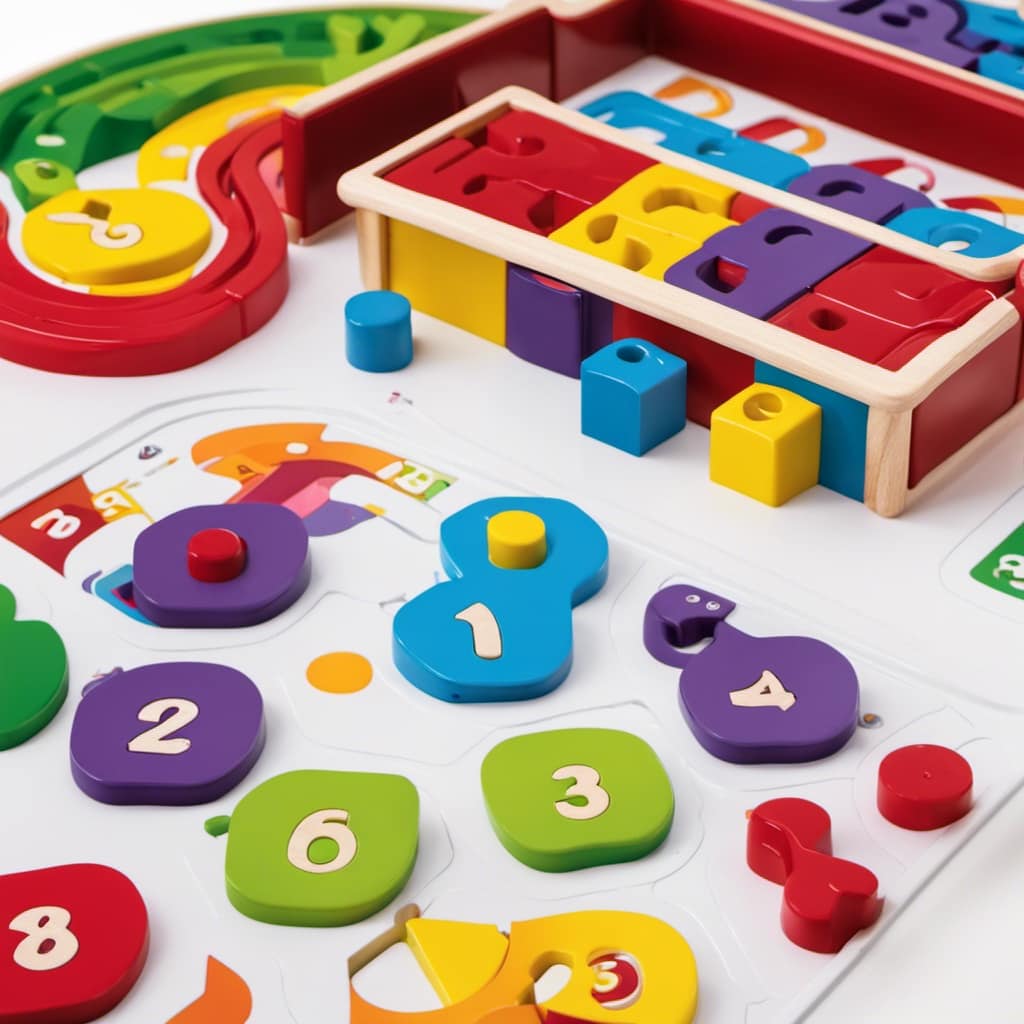
-
Students feel valued and empowered when their ideas and opinions are acknowledged and incorporated into the learning process.
-
Promoting a sense of ownership of learning helps students take responsibility for their education and become active participants in their own growth and development.
Creating a Safe and Supportive Learning Environment
By actively fostering a safe and supportive learning environment, I can promote student well-being and create an atmosphere conducive to growth and success.
Creating a supportive and inclusive learning environment is essential for promoting empathy and understanding among students. When students feel safe and supported, they are more likely to engage in their learning and take risks.
As a teacher, I can foster this environment by acknowledging and validating students’ experiences, actively listening to their thoughts and feelings, and treating them with respect and dignity.
By addressing individual learning needs and adapting instructional strategies, materials, and assessments, I can ensure that all students have equal opportunities to learn and succeed.

This supportive and inclusive learning environment promotes growth and success by providing students with the necessary tools and resources to reach their full potential.
Enhancing Student Engagement Through Active Learning Strategies
Using active learning strategies enhances student engagement and fosters a deeper understanding of the content. When it comes to online classrooms, incorporating technology for interactive learning can be highly effective. Here are three active learning strategies for online classrooms that incorporate technology:
-
Online discussions: Using discussion boards or video conferencing platforms allows students to actively participate and share their thoughts and ideas with their peers. This promotes collaboration and critical thinking skills.
-
Interactive multimedia presentations: Creating interactive presentations with videos, quizzes, and interactive elements keeps students engaged and allows them to interact with the content in a meaningful way.
-
Virtual simulations and games: Incorporating virtual simulations and educational games provides students with hands-on experiences and problem-solving opportunities. This makes learning more enjoyable and helps students apply their knowledge in real-world scenarios.
Individualized Approaches for Meeting Students’ Unique Needs
Understanding each student’s individual needs allows me to create personalized approaches that cater to their unique abilities and developmental stages.
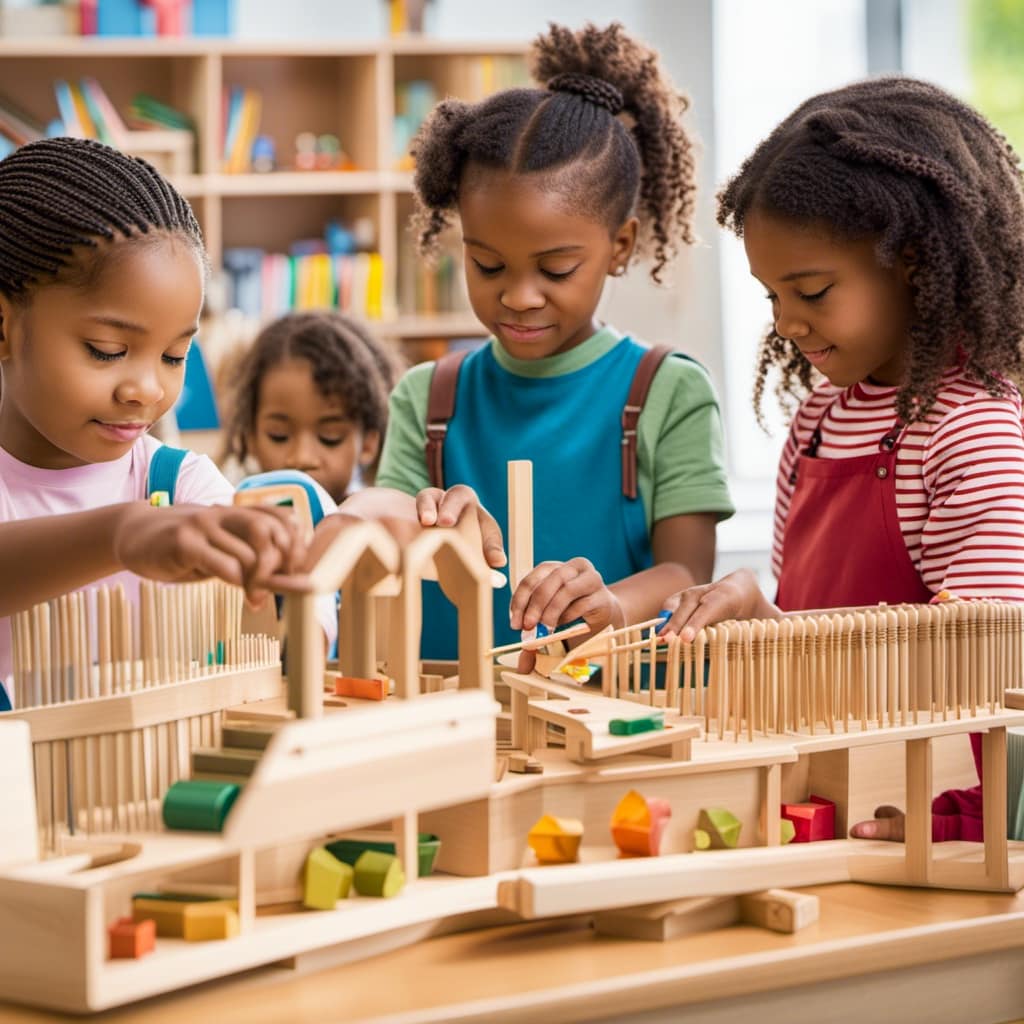
Adapting the curriculum and using differentiated instruction are essential components of these individualized approaches. By adapting the curriculum, I can modify the content, materials, and assessments to meet the specific needs of each student. This ensures that they receive the appropriate support and challenge necessary for their learning.
Additionally, implementing differentiated instruction allows me to tailor my teaching strategies to accommodate diverse learning styles and abilities. I can provide different pathways for students to access and demonstrate their understanding of the content.
Frequently Asked Questions
What Are Some Examples of Developmentally Appropriate Activities and Materials That Can Be Created for Students?
Developmentally appropriate activities and materials, such as hands-on experiments, interactive games, and age-appropriate reading materials, can be created to engage students. These examples enhance student engagement and promote a deeper understanding of the content.
How Can Teachers Adapt Their Teaching Strategies to Address Individual Learning Needs?
How can I adapt my teaching strategies to address individual learning needs? By incorporating differentiated instruction, personalized assessments, and utilizing a variety of instructional approaches, I can provide individualized support that meets the unique needs of each student.
What Are Some Ways in Which Teachers Can Actively Listen to Students and Acknowledge Their Perspectives?
Active listening techniques, such as maintaining eye contact, paraphrasing, and asking clarifying questions, allow me to truly understand and validate my students’ perspectives. This fosters trust, respect, and a supportive learning environment.
How Does Trust and Respect Between Teachers and Students Contribute to Student Engagement?
Trust and respect between teachers and students are key to student engagement. Building positive teacher-student relationships through active listening and acknowledging perspectives creates a safe and supportive learning environment that fosters active participation and ownership of learning.

What Are Some Examples of Active Learning Strategies That Can Be Used to Enhance Student Engagement?
Active learning benefits student engagement by promoting participation and understanding. Techniques include hands-on activities, group discussions, and problem-solving tasks. These strategies cater to individual needs and enhance motivation, retention, and overall learning outcomes.
Conclusion
In conclusion, tailoring teaching strategies to meet students’ unique needs is essential for promoting their overall development and academic success. By understanding child development, teachers can design activities and materials that align with students’ abilities and foster engagement and understanding.
Through interactive and experiential learning, teachers can create memorable learning experiences that enhance retention and comprehension. Adapting teaching strategies to address individual learning needs ensures that all students have equal opportunities to learn and thrive.
By building trust and creating a safe and supportive learning environment, teachers can foster positive teacher-student relationships and promote active engagement. Employing active learning strategies and individualized approaches further enhances student engagement and meets their individual needs and abilities.
By incorporating these practices, teachers can create a rich and inclusive learning environment where students can reach their full potential.
